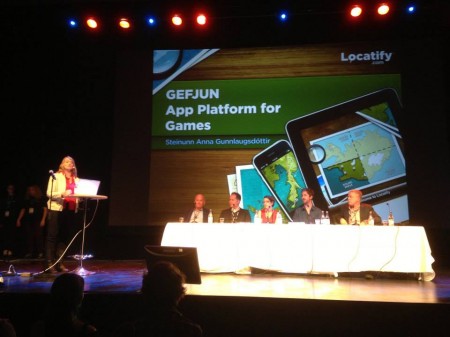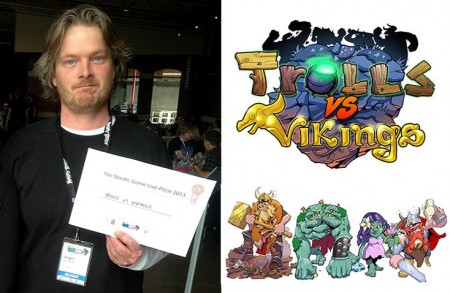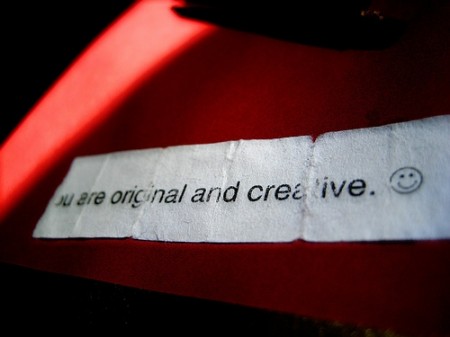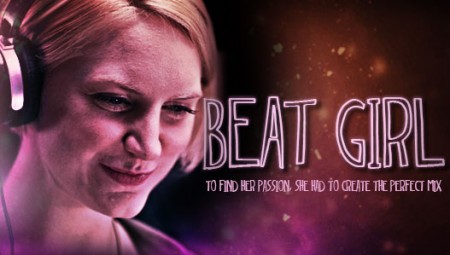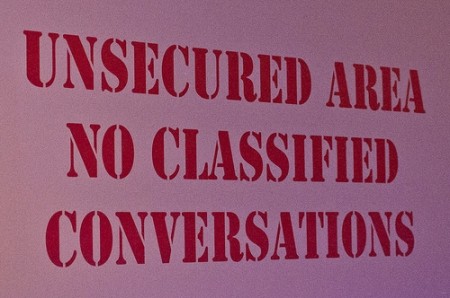
Maybe you were fortunate enough to go to art school. Maybe you studied under a world renowned professor. Maybe your classmates were the most creative beings on earth. Maybe the competition was out of bounds. Maybe you had to fight to survive. And in surviving, you learned the hard way to guard your ideas; protect your process; mind your notebooks and not to talk too much to colleagues, or tutors for that matter, and to protect your creative self.
For ‘art school’, substitute drama school, music school, film school, liberal arts; the choice is yours. Suffice to say secrecy was the name of the game. Give too much away and suddenly your hard fought idea becomes somebody else’s idea. Your idea got a first class honours degree when ‘taken’ by a classmate, even your professor won a coveted award from honing in on your practice. Art school sucked, big time.
Fast forward to the present day, taking this experience and applying it to creative companies. At their very heart they are founded by creative types, employ creative people, engage with creatives and service creative folk. The outlook for openness, sharing and cooperation? Negligible.
It’s human nature to work off past experiences, especially those that are more negative than positive. It’s the survival instinct kicking in; live or die; run or die; or in this case, conceal or die. This ‘secrecy bias’ is the undocumented narrative of the arts. It has been around for so long, it is not even questioned and its impact is not widely understood.
Unfortunately, the very ground on which we tread, do business, make our art and follow our dreams is changing. Everything is being disrupted, from how we hail a taxi, to buy films online. The whole world has changed and so to, the practices creatives take for granted must change, particularly this secrecy, protect at all costs culture.
The time has come, this era being the disruptor’s paradise, where creatives have to share, to cooperate, collaborate and talk to others about ideas and take risks. Yes, it can be a big risk. The day of the ‘big reveal’ at the exhibition opening, app launch or business launch is over. By that time it’s too late. Others may well have got there before you, with a much better product, service or idea, simply by talking to the end user, customer, or buyer earlier. Just like Jung’s ‘collective unconscious’, similar ideas coming to the fore at the same time.
Let’s look at how creatives conditioning to practice looks like, using the ‘secrecy bias’.
The Secrecy Bias
Inspiration – the big idea (business idea, creative work)
|
Lots of work and perspiration
|
More perspiration
|
More work
|
Nearly there
|
Ta-dah! The Big Reveal
|
Feedback
|
“If only” – “Better next time”
The ‘big reveal’ teaches you nothing; the learning comes too late. There is nothing you can do now with this feedback. There is no time to re-frame, redraft or reprogramme. ‘If only’ is a bitter and costly refrain. Opportunities are lost. And this is the most upsetting part. It robs us of opportunities to learn, to receive feedback, to grow, to improve and to engage with our audience. The secrecy bias leaves our users in the dark. It robs them of a vital part of our story; the how. How did you get there? How did you do it? How can I be part of your story and your vision? The secrecy bias does us all a disservice.
Now lets plot the ‘new collaborative model’ using Lean.
Lean collaboration model
Inspiration – the big idea (business idea, creative work, game)
|
Ask questions, evaluate my idea:
Who needs this? What problem am I solving? Will people pay?
|
Feedback from my target audience
|
Work on my idea more
|
More questions, more feedback from users
|
Minimum Viable Product
|
More feedback
|
Pivot if necessary (change tack a bit)
|
Great product, with great audience
|
Scale
|
Continuously improve, bringing happy audience with you!

In bringing in our users earlier, we give them the space to be part of our team, part of our process. And in doing so, they become valuable resources. Their feedback is gold, their enthusiasm gives us energy and their voices amplify our voices. They bring the real into the picture earlier. Like the first shot in battle. No one can prepare for battle until the war really starts. Just the same, an idea is only and idea until it leaves the studio and engages with real people. As well as all these positives, engaging with the audience gives them opportunities to talk and tell others about us and what we do. They market our product for us and evangelise for us. What is not to like!
Perfection and the drive to hide, conceal and put-off until perfection is reached also robs us. It robs us of time with the end user and their needs. Perfection and ego and the secrecy bias is detrimental and we must work hard to overcome these traditional modes of operating.
Asking for feedback and being open requires humility, bravery and trust. Yes, it is scary as hell. Any artist, programmer, or creative will tell you that launch day and opening night are nerve wrecking beyond belief. Why not put simple strategies in place to improve, learn and make better, before launch night arrives. Everyone gets rewarded.
In being open and trusting, this gives creators the space to be ever more open, proactive rather than reactive; to take risks and to ask for help. This new concept is refreshing and liberating. Secrecy creates barriers for change. Adopting these lean practices will create instant wins; real-time feedback, long-term engagement and more open creatives living in a perpetual culture of collaboration and sharing.
Time to get to work!
Over the last few months, I have been talking to creative startups about their practice and how our mentality and conditioning can be a damaging force that keeps us stuck and hinders risk taking and testing. Thanks to Cathy, Mark, Cecilie, Alan, Claire, Gary and all my workshop participants for your insights and experiences. What do you think, how can we break this secrecy cycle and begin to be more open and sharing? As always your feedback is very welcome.
Image 1 (CC) by Kestrana
Image 2 (CC) by eek

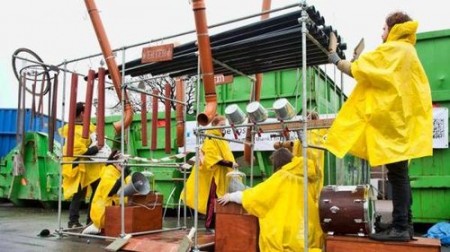
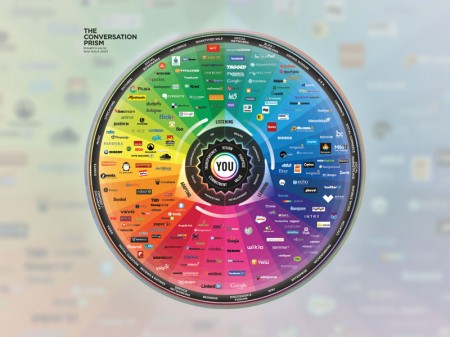
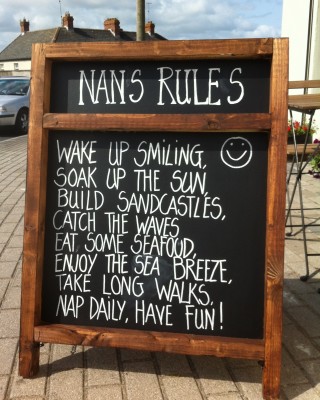

![IMG_2579[1]](http://marycarty.com/wp-content/uploads/2013/06/IMG_25791-450x336.jpg)
